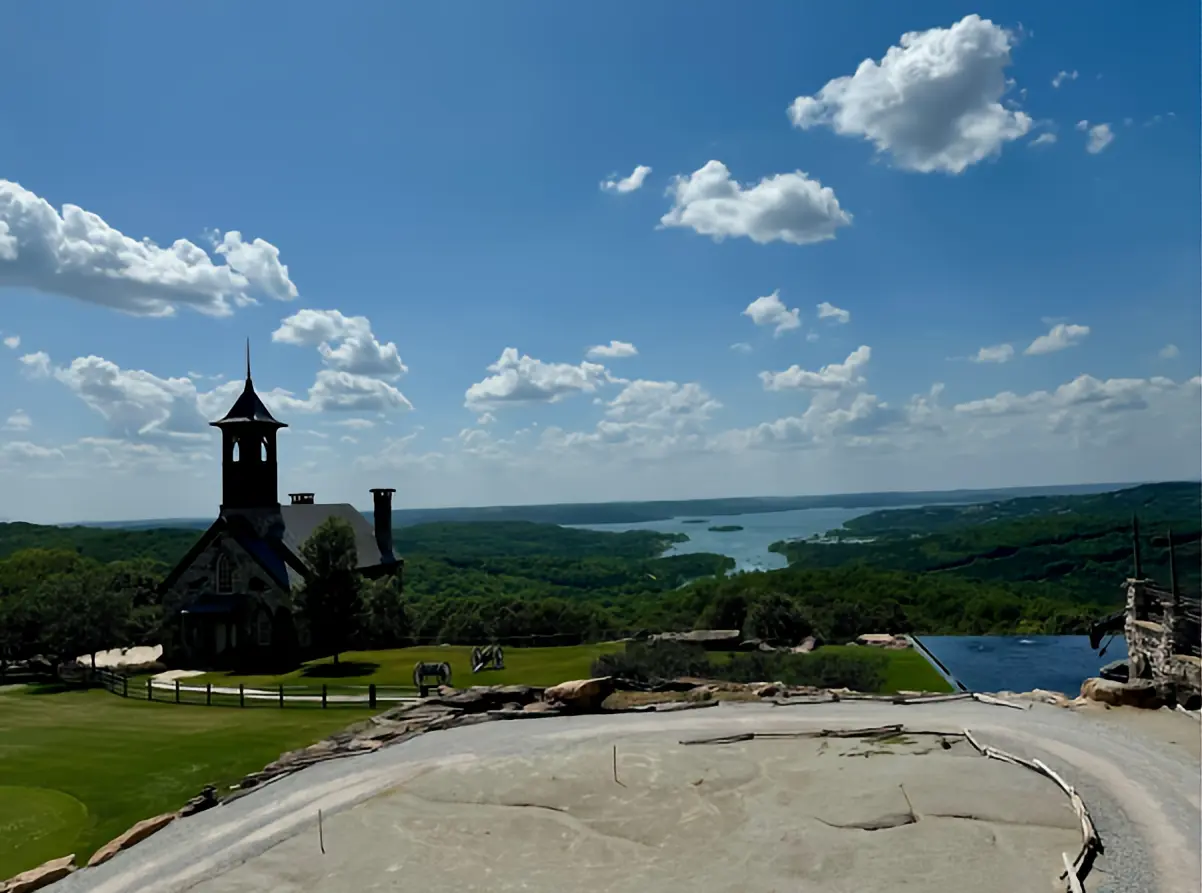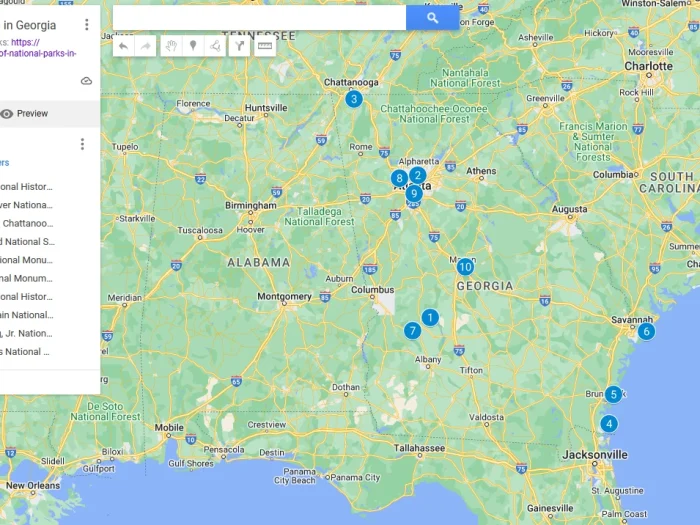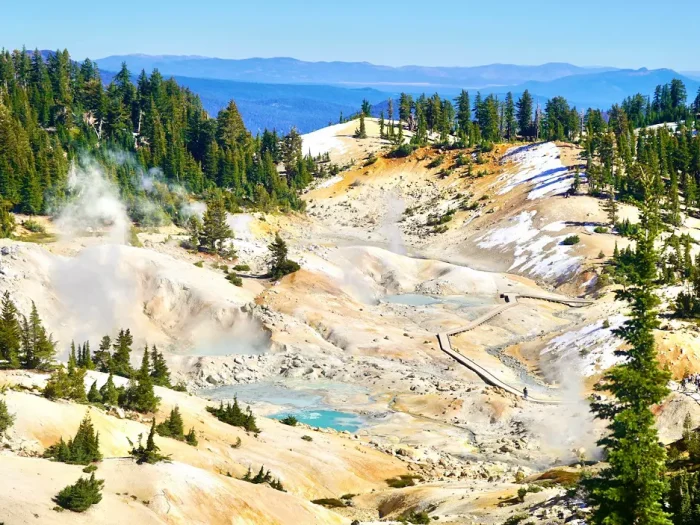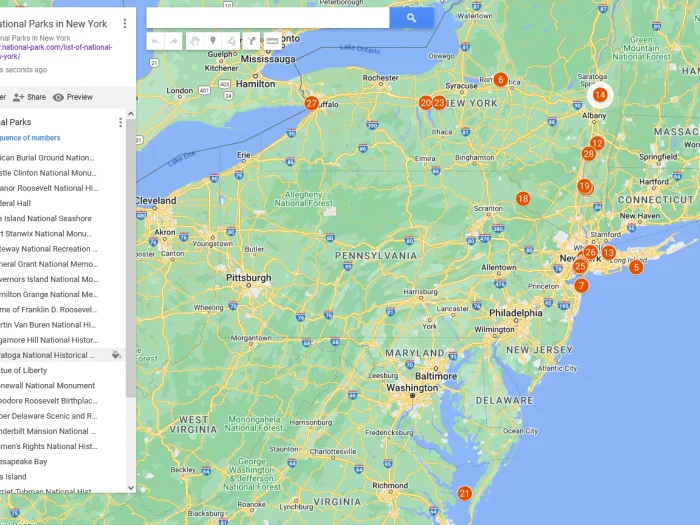How to Build a Travel Itinerary Everyone Will Enjoy
Ever planned a trip where some people were thrilled and others just wanted to go home? Balancing different interests, energy levels, and expectations is tough—especially with today’s mix of travel and remote work. Everyone wants something different, and the more connected we are, the more complicated it gets. A place like Branson, Missouri, offers a little bit of everything, but making it work for everyone takes smart planning.
In this blog, we will share how to build a travel itinerary that keeps the whole group happy without wearing anyone out.

Balancing structure with spontaneity
The best travel plans are the ones that leave room to breathe. If every minute is scheduled, people burn out. If nothing is planned, people get frustrated. The trick is to create structure with flexibility. Think of your itinerary like a dinner menu. Set the main course, leave options for the sides.
Start with one or two fixed activities per day. These should be the highlights, things that matter most to the group. Then, leave the rest of the day open for smaller outings or downtime. Let people pick and choose. Someone might want to nap, others might want to explore the local shops. As long as the big plans are clear, everyone can adjust their day around them.
This is especially helpful in places that have lots to offer, like Branson. There are so many things to do in Branson Missouri that it’s easy to overwhelm your schedule. From lakes and live shows to quirky museums and rollercoasters, it’s tempting to try to squeeze in everything. But that’s how good vacations become tiring ones.
Instead, choose a few core experiences and space them out. For instance, one afternoon might be spent watching a live performance like Dolly Parton’s Stampede, which offers dinner and a show all in one. That’s not just efficient—it’s fun for different age groups and tastes. And if everyone knows they’ll have a great shared experience, they’re more likely to go along with other plans too.
Know your group, not just the destination
When building your itinerary, consider the group as much as the place. Are you traveling with kids? Elderly parents? Friends with food allergies? Someone who refuses to walk more than ten minutes at a time? It sounds silly, but knowing these things in advance helps shape realistic plans.
For families, mix in activities with space to move around and time to rest. If you have little kids, early starts and afternoon downtime are smart. For teens, plan a mix of independence and group time. And don’t forget meals. Hungry travelers are cranky travelers. Always plan food before people start asking for it.
Adults-only groups have different needs. You might want to mix high-energy activities with low-effort ones, like scenic drives or short hikes. If nightlife is part of the plan, make space for slower mornings.
It also helps to ask everyone what matters most to them before the trip. Let each person pick one thing they absolutely want to do. This gives them a sense of ownership and helps spread out the planning burden. And it means fewer arguments during the trip because people already had their turn.
Map the trip, but don’t overthink it
Once you have a list of activities, put them on a map. This helps you group things by location and avoid wasting time driving back and forth. Clustering attractions saves energy and keeps your days feeling smooth.
Keep travel time in mind. Just because two places are in the same city doesn’t mean they’re close. And always allow buffer time between outings. People run late. Attractions get crowded. Parking takes longer than expected. Add in breaks for snacks, bathrooms, or just catching your breath.
Use digital tools to stay organized. Shared Google calendars or itinerary apps let everyone see the plan. You don’t need to go overboard with hourly breakdowns, but general timing helps people prepare. Morning, afternoon, and evening blocks work well. Just enough detail to give structure, not enough to make it rigid.
Budget wisely and build in options
Budget can make or break a trip. A great itinerary includes a mix of free, low-cost, and splurge-worthy activities. This keeps spending fair and prevents people from feeling left out.
Free walks, local markets, and nature trails balance out more expensive tickets or shows. You can also find package deals in many cities that bundle attractions for a lower price. If you’re going to include a big-ticket event, give people a heads-up. Let them plan their spending around it.
It also helps to list optional add-ons for free time. For example, if the group has a free afternoon, you can suggest a few things: “If you feel like shopping, here’s a spot. If you want to relax, here’s a spa. If you want action, this mini golf place is nearby.” This lets people explore based on their mood without needing a full group decision.
Know when to go with the flow
Sometimes the best parts of a trip are the ones you didn’t plan. That hidden coffee shop. The unexpected street performance. A sunset you caught by accident. Leave space for these moments. Don’t cram every minute with movement.
If something gets canceled or the group changes its mind, don’t panic. That’s part of the experience. Plans shift. Weather changes. People get tired. Having a general structure, rather than a strict schedule, makes room for changes without stress.
The goal is to create a shared trip, not a checklist. If everyone gets one or two great memories and never feels rushed, that’s a win.
Travel is about people, not just places
At the end of the day, the success of any itinerary comes down to how people feel. Did they laugh? Were they comfortable? Did they enjoy themselves without feeling drained?
Building a great travel plan isn’t about hitting all the top spots. It’s about finding a rhythm that works for your group. It’s about knowing when to explore and when to pause. When to lead and when to listen. If you can do that, you’ll come home with more than just pictures. You’ll come home with stories people actually want to remember.






